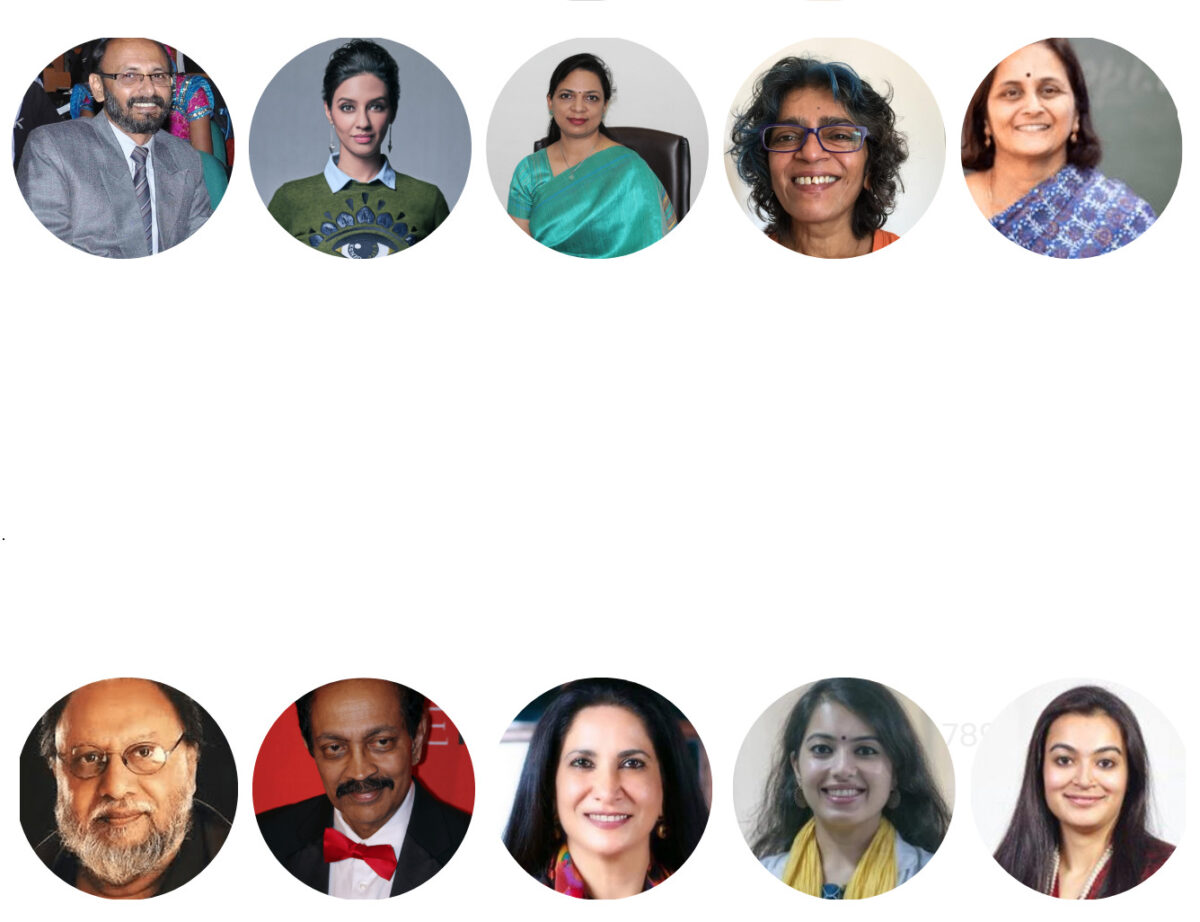Psych Treatment: A Comprehensive Guide to Techniques and End Results

Cognitive-Behavioral Therapy
Cognitive-Behavioral Therapy (CBT) is an extensively made use of psychotherapeutic approach that concentrates on identifying and modifying dysfunctional thinking and habits patterns. Created in the 1960s by Aaron T. Beck, CBT combines behavioral and cognitive concepts to attend to various psychological wellness issues, consisting of depression, anxiousness, and stress-related conditions.
Methods such as cognitive restructuring, direct exposure treatment, and skill-building workouts are frequently employed. Cognitive restructuring involves difficult and changing negative idea patterns, while exposure treatment aims to minimize anxiety and stress and anxiety through steady direct exposure to feared things or situations.
Evidence-based study sustains the effectiveness of CBT for a variety of mental disorders - Best Psychologist in Delhi. Its emphasis on skill purchase and self-help strategies empowers customers to proceed development independently after treatment ends. The flexibility and efficiency of CBT have actually made it a foundation in modern psychotherapeutic practice
Psychodynamic Methods
Rooted in the early concepts of Sigmund Freud, psychodynamic methods concentrate on discovering the subconscious mind and its impact on habits and feelings. These techniques intend to reveal hidden thoughts and feelings that may be driving maladaptive habits and psychological distress. Central to this strategy is the concept of internal problem, commonly stemming from unsolved previous experiences, specifically those from childhood years.
Therapists utilizing psychodynamic methods utilize a number of essential techniques, including free association, where patients are encouraged to speak easily to reveal subconscious product, and desire evaluation, which translates the unrealized content of desires. Additionally, the exploration of transference and countertransference characteristics within the healing connection is important. These communications can supply insights into the client's interior world and relational patterns.
Psychodynamic therapy is usually longer-term contrasted to other techniques, offering a deep and detailed understanding of the individual's mind. Study indicates that it can be specifically effective for intricate mental health and wellness problems, such as character problems and persistent anxiety. By fostering self-awareness and psychological insight, psychodynamic therapy seeks to bring subconscious product to awareness, allowing people to achieve long lasting and significant change in their lives.
Humanistic Techniques
Building on the structures laid by psychodynamic techniques, humanistic methods provide an unique point of view concentrated on specific potential and self-actualization. Coming from the mid-20th century, these techniques prioritize the integral benefits and development potential of individuals, stressing a holistic sight of human experience. Secret figures such as Carl Rogers and Abraham Maslow have actually substantially affected this therapeutic technique, which incorporates approaches like client-centered therapy and Gestalt treatment.
Client-centered treatment, developed by Rogers, plays a crucial function in website link humanistic methods. The specialist's duty is more of a facilitator than an authority, urging customers to harness their internal sources for healing.
Gestalt treatment, one more important humanistic strategy, stresses existing minute awareness and the combination of body and mind. By concentrating on the "present moment," customers obtain greater understanding right into their existing emotions and actions. Methods such as role-playing and guided visualization are typically employed to help customers get a much deeper understanding of themselves, inevitably resulting in improved self-awareness and satisfaction.
Integrative Therapies
Integrative treatments stand for a synthesis of various restorative techniques customized to fulfill the distinct requirements of each client. This technique acknowledges the intricacy of human psychology and the multifaceted nature of mental health problems. By combining components from various colleges of psychiatric therapy-- such as cognitive-behavioral treatment (CBT), psychodynamic treatment, and humanistic strategies-- integrative treatments supply an even more flexible and all natural therapy standard.
Experts of integrative therapy evaluate each customer's particular needs, signs, and individual history to create a personalized therapy plan. This customized strategy improves the potential for healing success by attending to the source this link of mental distress and promoting total wellness. Methods could consist of mindfulness exercises, cognitive restructuring, and emotional handling, each selected to target different aspects of the customer's concerns.
Moreover, integrative treatments highlight the healing partnership, watching the client-therapist bond as an essential component of effective therapy. This partnership cultivates a supportive setting where clients really feel secure to explore and address their concerns. The try these out adaptability of integrative treatments makes them suitable for a broad series of problems, including stress and anxiety, depression, injury, and social difficulties, thereby enhancing their applicability and efficiency in varied scientific settings.

Measuring Treatment Results
Evaluating the effectiveness of psychiatric therapy is critical for both clinicians and clients to guarantee that the treatment is generating the desired results. To attain this, numerous approaches and tools are employed to determine treatment outcomes systematically. Standardized evaluation tools, such as the Beck Anxiety Stock (BDI) and the Generalized Anxiety Condition 7 (GAD-7), offer quantitative data on sign severity and changes gradually.
In addition to standard devices, qualitative methods like customer self-reports and professional interviews provide useful understandings right into the personal experiences and perceived development of clients. Frequently set up analyses, commonly at the beginning, omphalos, and end of therapy, assistance in tracking the trajectory of improvement or determining locations needing change.
End result dimension is not restricted to sign decrease; it also incorporates useful renovations in day-to-day live, such as far better social connections, enhanced work productivity, and enhanced overall well-being. Modern advancements in digital health and wellness have actually presented mobile applications and on the internet systems that facilitate real-time surveillance and feedback, further refining the assessment process.
Eventually, an extensive strategy to measuring treatment results ensures that healing interventions work, effective, and customized to satisfy the specific requirements of customers, therefore maximizing the total restorative experience.
Final Thought
Humanistic strategies focus on individual growth and self-actualization, while integrative therapies integrate numerous approaches for customized therapy strategies. Evaluating treatment end results through qualitative techniques and standardized analyses ensures a detailed understanding of efficiency, eventually directing customers toward withstanding psychological wellness improvements.
From the structured technique of Cognitive-Behavioral Therapy (CBT) to the deep exploration of the unconscious in psychodynamic treatment, each approach brings special benefits. Its emphasis on ability acquisition and self-help strategies empowers clients to continue development individually after therapy wraps up (Best Psychologist in Delhi). Trick numbers such as Carl Rogers and Abraham Maslow have actually significantly affected this healing strategy, which encompasses methods like client-centered therapy and Gestalt therapy
